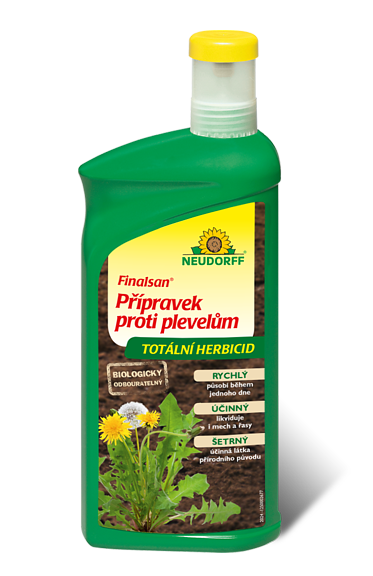Malus trilobata trilobata crabapple
Trilobata crabapple is a rare and unusual plant that is not difficult to grow butyet quite difficult to source. Its most specific feature is the leaf shape – it looks like a merge between maple and hawthorn. The leaves are not large but their prominent lobes are a good giveaway. They are deciduous, mid to deep green in summer, turning fantastic shades of fiery orange, salmon pink, and burgundy red in autumn. This colouration remains on the tree for quite some time before the leaves fall down.
It flowers much later than other crabapples, usually in June. Flowers a little smaller but nevertheless very charming, pure white with 5 petals and conspicuous yellow stamens in the centre. They are borne on long stalks in bundles of 3-7. They are followed by small, light green crabapples with somewhat smooth skin. Some say that they taste a bit like pears but they are not considered edible fruit.
Trilobata crabapple grows medium fast, strictly upright, into a narrowly conical tree. Pruning is possible in frost-free periods from January till early March. It can take almost any soil included compacted, heavy clay. Still, it thrives in neutral to slightly acidic, evenly moist soil with enough nutrients for profuse flowering and good habit. Grow it in full sun or partial shade as if grown at the woodland edge. Hardy to about -25°C (USDA zone 5b to 6).
Last update 15-01-2012

5 482,5 Kč
Goods are shipped all over Europe. For Russia and U.K. and for further details please read about SHIPPING OPTIONS HERE.
Are you interested in a serious discount for orders NOV-FEB? Check your options here.
THE PRICES INCLUDE VAT of 15%. For quick conversion you can use 1 CZK = approx. 0.04 EUR
- STANDARD QUALITY - Plants of this group are 1st class quality with number of branches and overall density adequate to their size and age, considering they were container grown.
- DE LUXE QUALITY - This label guarantees a luxurious quality of manually selected plants that, compared to their height and age, are exceptionally dense and beautiful.
- EXTRA - These plants are usually mature and bigger specimens with exceptional overall appearance.
- STANDARD (as described in the plant form) means a tree with a trunk of 190-210 cm and a crown at the top, unless specified differently. The commercial size for trees is their girth measured in the height of 1m from ground.
- HOBBY - These plants are of the same quality as our standard-quality plants but younger and therefore cheaper.
- SHRUB - a woody plant with branches growing bushy from the ground level.
- HALF-STANDARD or MINI-STANDARD - a small tree with shorter trunk, its size is usually specified.
- FEATHERED - These are trees with branches growing already from the base of the trunk and up along the stem.
- GRASSES and PERENNIALS - Sizes given usually read the diameter of the pot or the clump, as specified.






































